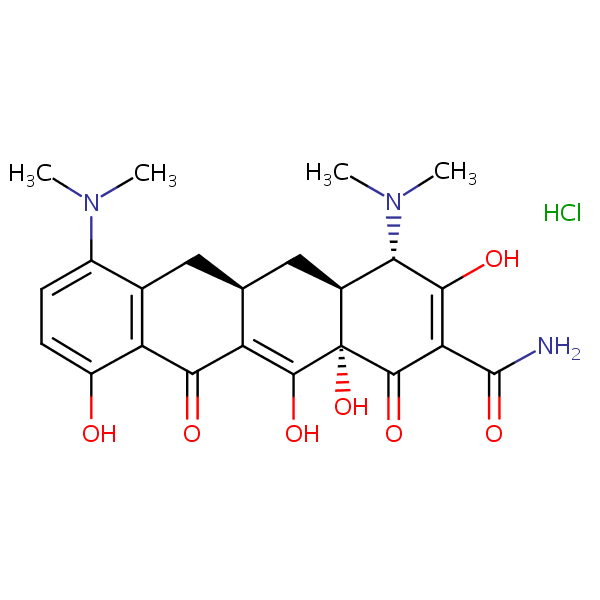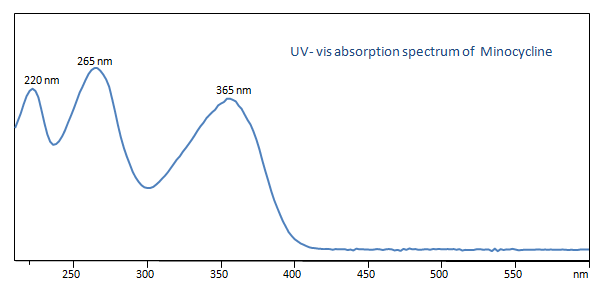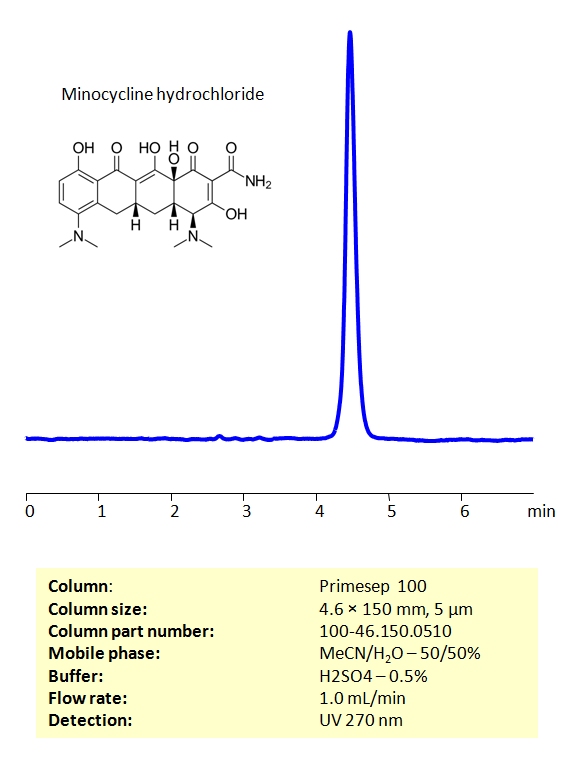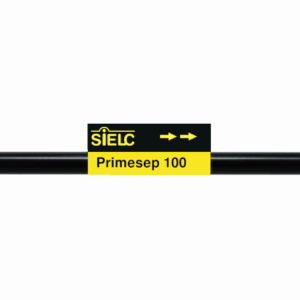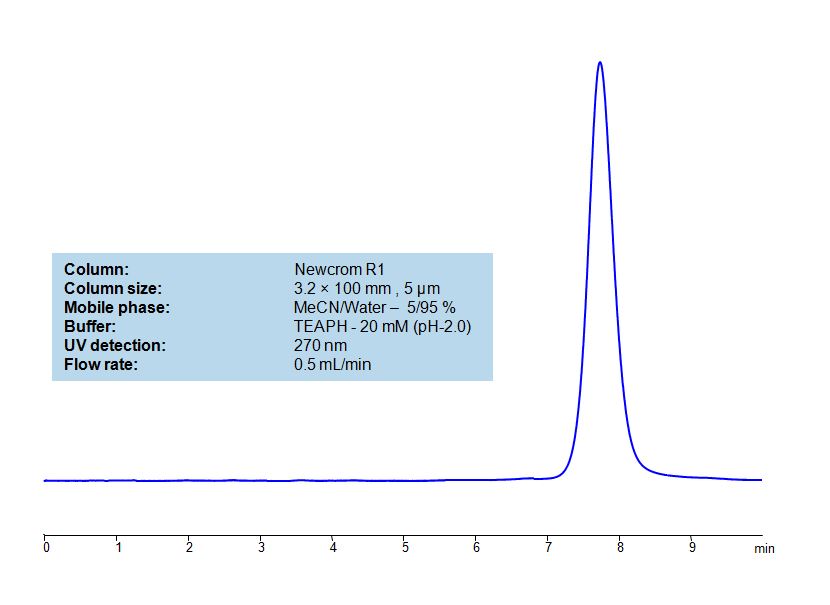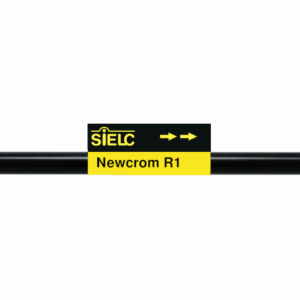| CAS Number | 13614-98-7 |
|---|---|
| Molecular Formula | C23H28ClN3O7 |
| Molecular Weight | 493.941 |
| InChI Key | GLMUAFMGXXHGLU-VQAITOIOSA-N |
| LogP | -0.139 |
| Synonyms |
|
Applications:
HPLC Method For Analysis Of Minocycline on Primesep 100 column
August 9, 2021
HPLC Method for Minocycline hydrochloride on Primesep 100 by SIELC Technologies
High Performance Liquid Chromatography (HPLC) Method for Analysis of Minocycline hydrochloride
Minocycline hydrochloride is a tetracycline antibiotic with C23H27N3O7 • HCl [XH2O] molecular formula. It is used to treat a wide variety of bacterial infections, acne, and sexually transmitted infections. Despite that, it is generally less preferred as a medication to tetracycline doxycycline.
Minocycline can be retained on the Primesep 100 mixed-mode column using an isocratic analytical method with a simple mobile phase of water, acetonitrile (MeCN, ACN), and sulphuric acid (H2SO4) buffer. The analysis method can be UV detected at 270 nm.
| Column | Primesep 100, 4.6 x 150 mm, 5 µm, 100 A, dual ended |
| Mobile Phase | MeCN/H2O – 50/50% |
| Buffer | H2SO4 – 0.5% |
| Flow Rate | 1.0 ml/min |
| Detection | UV, 270 nm |
| Class of Compounds |
Drug, Antibiotics |
| Analyzing Compounds | Minocycline hydrochloride |
Application Column
Primesep 100
Column Diameter: 4.6 mm
Column Length: 150 mm
Particle Size: 5 µm
Pore Size: 100 A
Column options: dual ended

HPLC Method For Analysis Of Minocycline Hydrochloride on Newcrom R1 Column
May 22, 2018
HPLC Method for Minocycline hydrochloride on Newcrom R1 by SIELC Technologies
High Performance Liquid Chromatography (HPLC) Method for Analysis of Minocycline hydrochloride
Minocycline hydrochloride is a tetracycline antibiotic with C23H27N3O7 • HCl [XH2O] molecular formula. It is used to treat a wide variety of bacterial infections, acne, and sexually transmitted infections.
Minocycline hydrochloride can be retained and analyzed using the Newcrom R1 stationary phase column. The analysis utilizes an isocratic method with a simple mobile phase consisting of water and acetonitrile (MeCN) with a triethanolamine buffer. Detection is performed using UV.
| Column | Newcrom R1, 3.2 x 100 mm, 5 µm, 100 A, dual ended |
| Mobile Phase | MeCN/H2O – 5/95% |
| Buffer | TEAPh – 20 mM, pH 2.0 |
| Flow Rate | 0.5 ml/min |
| Detection | UV, 270 nm |
| Class of Compounds | Drug, Antibiotics |
| Analyzing Compounds | Minocycline hydrochloride |
Application Column
Newcrom R1
Column Diameter: 3.2 mm
Column Length: 100 mm
Particle Size: 5 µm
Pore Size: 100 A
Column options: dual ended

